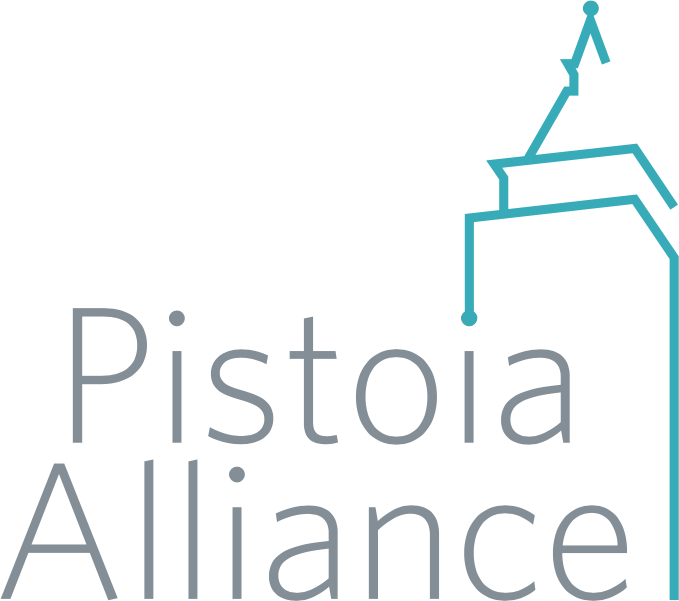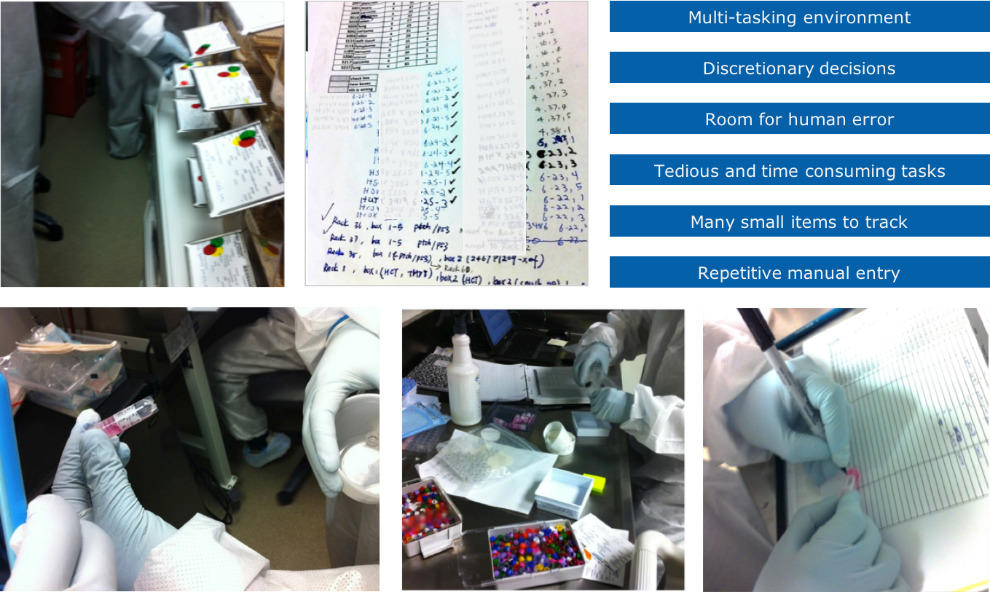Process
Plan
UX researchers planned to shadow scientists starting at their labs as they were working on their experiments or measuring data, then at their desks where they either prepared or analyzed their studies. The researchers reached out to scientists and explained the purpose and goals and asked for participation. By participating, scientists agreed to let the team shadow them, with researchers asking questions along the way for clarification.
Conduct
Researchers started by asking some introductory questions about their role and context, followed by the observation session equipped with paper, pencil, and a camera to document key observations. 2-3 sessions were held over 2 weeks, based on their availability and tasks planned for the day. An iterative dialog between the researchers and scientists about specific observations and questions helped to confirm understanding. This also provided an opportunity to share any feedback or ideas they might have about the new workflow.
Analyze and Report
Researchers visualized the detailed workflows by drawing them into a cartoon. This helped to show how complicated workflows can be in the labs. They also gathered all the notes on post-its and grouped them into categories such as major pain points, time consuming tasks, causes for high error rates, as well as things that were working smoothly. In this way, they identified areas that can be improved in their scientists’ daily work.
One of the major discoveries was how time and energy consuming it is to write test results and labels on the tubes manually in the lab while wearing protective clothing and gloves. Also, scientists found it very difficult to manage data scattered between paper, desktop computers, and labs, and redundant data entry. These difficulties increased error rate in data, made scientists inefficient, and contributed to a generally unsatisfying experience.


